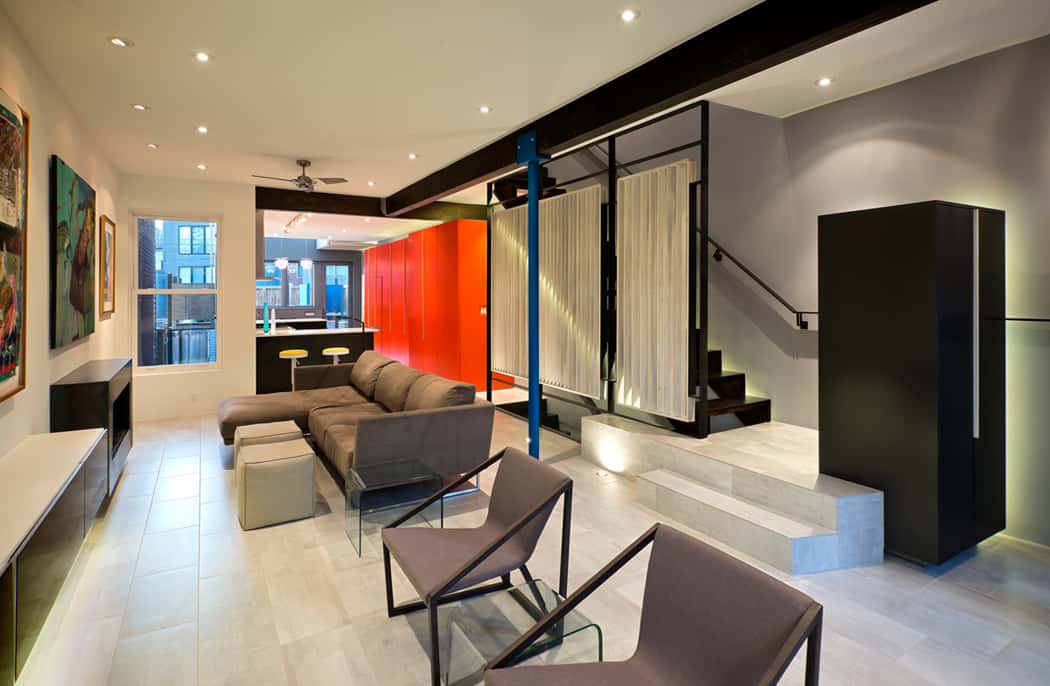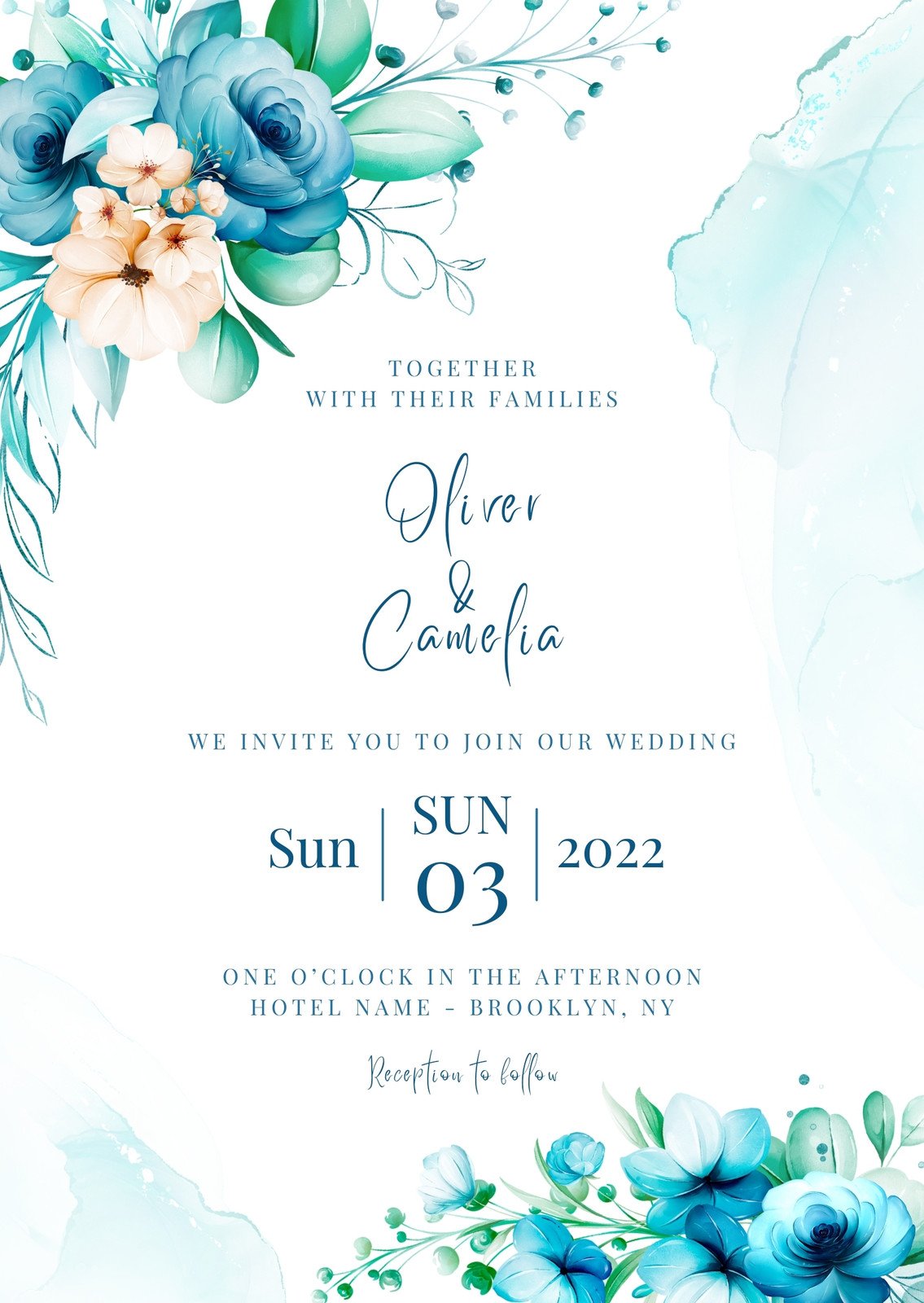Table Of Content

Generally, row houses do not have a driveway or attached garage, which may not be ideal for car owners. In that case, you’ll have to rely on street parking, purchase a parking space, or sell your car and opt for public transit. Depending on your lifestyle, the lack of a front yard and small backyard may be a con, especially if you have pets, children, like to entertain, or simply enjoy outdoor space.
Exceptional Living
The term terrace was borrowed from garden terraces by British architects of the late Georgian period to describe streets of houses whose uniform fronts and uniform height created a stylish ensemble rather than a mere "row" of similar homes. Townhouses (or townhomes) are generally two- to three-story structures that share a wall with a neighbouring unit. As opposed to apartment buildings, townhouses do not have neighbouring units above or below them. They are similar in concept to row houses or terraced houses, but share a common design and construction. The first and last of the houses is called an end terrace and is often a different layout from the houses in the middle, sometimes called mid-terrace. Terraced housing in the United States is generally referred to as townhouses.

History of the row house style
Row houses, a term synonymous with urban dwelling, have been a staple in the architectural landscape for centuries. From their historical roots to their modern-day adaptations, row houses offer a unique blend of communal living and individual space. Because of convenience, row houses became the construction style of choice starting in the 18th century in most major cities. Similar to the suburban track house, row houses could be built to maximize cost-effectiveness and efficiency by applying the “assembly line” method of construction. Unlike apartments or condos, row houses typically have more square footage without the price tag, meaning you may get more bang for your buck. Additionally, row houses require less maintenance as they don’t have a front yard and/or driveway.
Row House customers left without answers, money after gym suddenly closes - CBS Chicago
Row House customers left without answers, money after gym suddenly closes.
Posted: Fri, 01 Dec 2023 08:00:00 GMT [source]
What are Row Houses?
Features include two to four stories, cast-iron handrails, and pilaster-framed doorways. They are of a distinct Victorian style reminiscent of the time when the city was just starting to develop. They also have the distinctive feature of often featuring wild color schemes.
Though earlier Gothic examples, such as Vicars' Close, Wells, are known, the alignment of the house fronts with the property line really began in the 16th century following Dutch and Belgian models and became called "row" houses in English. For example, in "Yarmouth Rows", Great Yarmouth, Norfolk, the building fronts all were right on the property line. Row house developments around the country have faced many challenges throughout history, including mass abandonment over the course of the last century due to urban flight. This has opened the doors for demolitions that often allow invasive and poorly-built developments to rise in their ruins. Renovated by an architect and carpenter, this Boston row house is not only modern on the inside, but sustainable on the outside—with two green roofs and a greenhouse to grow shrubs, vegetables, and seasonal flowers. For homebuyers looking to purchase a row house, it’s a good idea to know the basic pros and cons of owning one of these unique and charming house styles.
Row house plans (sometimes referred to as "row house designs" or "row house floor plans") can be an especially practical choice when building in an urban setting, or any location where land/lot space is extremely limited. Townhouses, on the other hand, typically stay around two to three stories and can be different heights, according to Realtor. While rowhouses and townhouses are "single-family" homes, because of the height that rowhouses can reach, many rowhouses will divide up the space and create apartment units to accommodate growing populations.
Lavish Floor Plans
Brooklyn Open Houses: A Bay Ridge Row House - Brownstoner
Brooklyn Open Houses: A Bay Ridge Row House.
Posted: Fri, 01 Dec 2023 08:00:00 GMT [source]
Row houses can be a good investment, especially in high-demand urban areas where space is at a premium. Their historical significance and architectural charm can also add to their value. To compensate for the limited footprint, row houses are typically multi-storied. Type the word “Row House” or “Rowhouse” into the Keywords box, and press Apply Filters. All row houses within the city name or zip code you entered will populate the page, and you’ll be able to begin your search.
Most Expensive Homes for Sale in the US Right Now Listed by Redfin
Rowhouses also tend to follow a very "flat-like" appearance that almost resembles a rectangle which means the top of the building will be flat and horizontal as well. Townhouses can certainly be in a row; however, you can also see them in clusters or groups. Since you'll typically find them in the suburbs with more land, they can spread out and take more room than they would in an urban setting. Unlike rowhouses, townhouses are sometimes in a community or development and can be in groups, arranged into squares, or even separated, according to Maximum Real Estate Exposure.
Stories
The term "row house" stems from the architectural layout of these homes, which are built in a straight line, or "row", creating a uniform street facade. This linear arrangement is not just practical in terms of land use but also creates a sense of harmony and continuity in urban neighborhoods. Row houses are single-family homes that are built side by side and share a common wall and often a common look. Typically two to five stories, they feature living quarters on several floors, with a traditional layout of living space on the first floor and bedrooms above.
On a tree-lined street in Clinton Hill, Brooklyn, a former carriage house from the 1930s is now a colorful modern home that boasts bright orange shipping containers. Featuring exposed beams, the kitchen has custom white-oak cabinetry built by Philadelphia Woodworking Co. Rehabilitating these old and often dilapidated homes can be a challenge, but one which can uncover new opportunities for modern households, and solutions to the setbacks of old designs. As an homage to the row house, here are 10 great renovations and new builds that breathe new life to this uniquely American housing phenomenon. Row houses are praised for their ability to accommodate more people in less space, making them ideal for urban settings. However, most don’t offer backyards and, of course, there is the “neighbor” issue inherent in a shared wall.
The floor plan of a row home is typically the same no matter where you buy a row home, but designing the interior can be a little tricky. You want to highlight the natural light and play with the space you do have. To help you design your row house, we’ve consulted with experts for their advice. With near-identical-looking facades lined up next to each other on street blocks, row houses are often found throughout highly populated areas. So if you’re looking to purchase a home in the city, a row house may be the right option for you.
Brownstones refer to the brownish-red stone facing that was popularly used on townhouses in the 19th century in Brooklyn and beyond. Urban rowhouses were primarily built as an accessible urban housing alternative to suburban family homes. As cities have gone increasingly vertical and super-tall residential buildings have become commonplace in cities, historic districts lined with rowhouses lend a human-scale, more European feel to older U.S. neighborhoods. This is particularly true on the East Coast, in places like NYC, Philadelphia, Boston, Baltimore, and Washington DC. Typically a reddish-brown color, brownstone was a popular building material in the 19th century. Brownstones are often found in the New York City boroughs of Brooklyn and Manhattan.
The F. Scott Fitzgerald House in St. Paul is likely the most notable example of a row home in the Twin Cities. Columbus, Ohio has scattered row homes, along with smaller Midwest cities like Dubuque, Duluth, and Toledo. There are also scattered row homes and apartment rows in the oldest neighborhoods of Denver, Colorado. Feature rowhouses, often composing the majority or a large plurality of the local housing stock. Neighborhoods known for high concentrations of rowhouses include Capitol Hill, Dupont Circle, Logan Circle, Shaw, LeDroit Park, Columbia Heights, Petworth, and Bloomingdale.
In some cities such as New York, Philadelphia, Baltimore, San Francisco, and Washington, D.C., where they have been part of the landscape for over a century, they are often called row houses or row homes. Despite the narrow lots, many row houses are relatively large, some being over 2,000 square feet. They typically have two stories, but may have three or more (with the latter often being converted into apartments for separate tenants). Multi-story attached homes that are grouped in twos or threes are typically called duplexes and triplexes respectively. Row house plans derive from dense neighborhood developments of the mid 19th century in the US and earlier in England and elsewhere. Modern row house plans combine front and/or rear porches with garages below or at the back and open layouts on the main floor.
New Orleans has a distinctive style of terrace house in the French Quarter known as the Creole townhouse that is part of what makes the city famous. The façade of the building sits on the property line, with an asymmetrical arrangement of arched openings. Creole Townhouses have a steeply pitched roof, side-gabled, with several roof dormers. Nonetheless, it could be seen as an evolution of the row house in the way in which it modulates its relationship with the street.


No comments:
Post a Comment